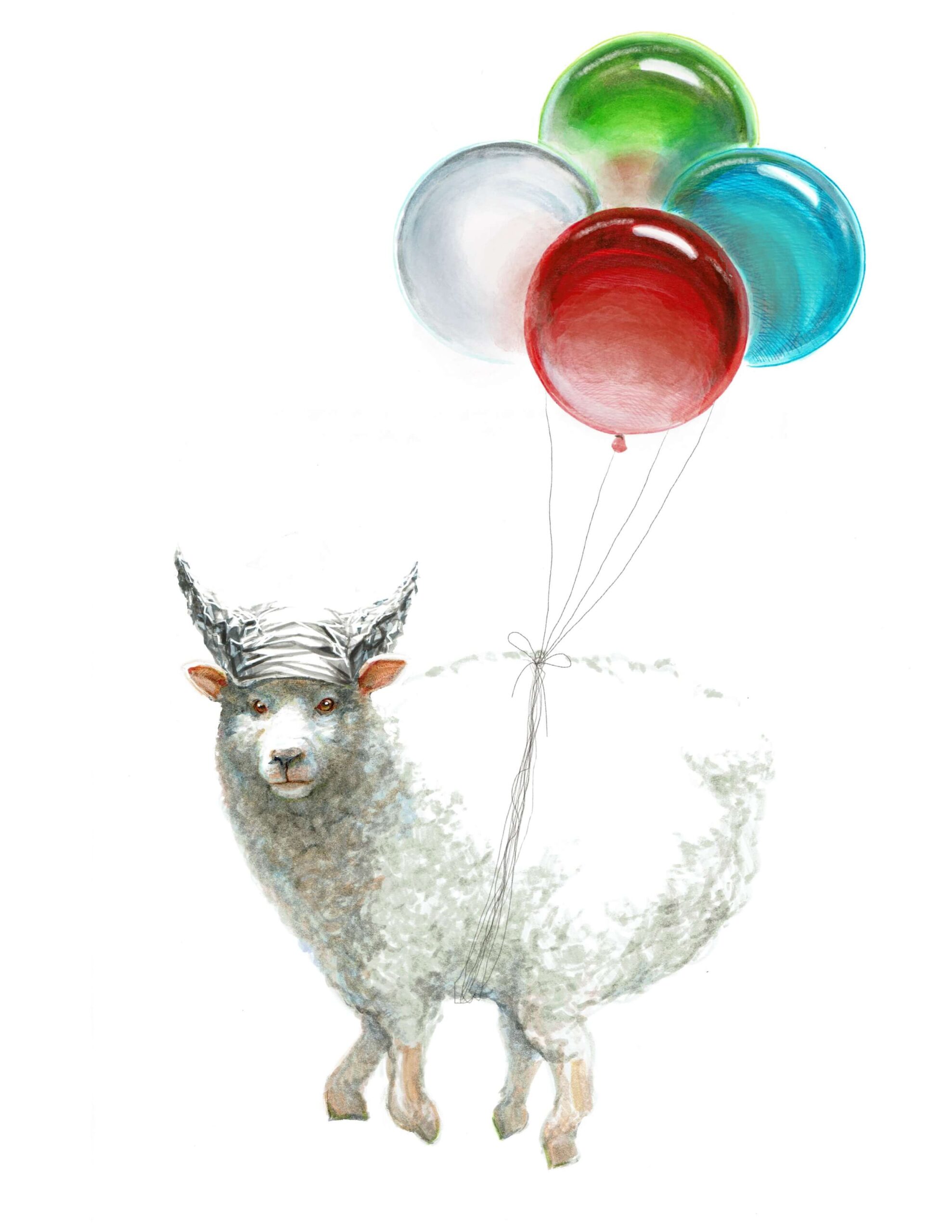If you’re a movie lover or a film student looking for a break from textbooks, check out Making Movies.
Like a bunch of informal lunches with an acclaimed director, Making Movies takes you into filmmaking. Lumet walks you through early script readings to shooting, editing, and even screening for test audiences.
More memoir than a technical manual, it’s written in a candid and casual style. You’ll learn what the fun of moviemaking is.
And full of anecdotes and Lumet’s insights, he gives you little bits of gossip or opinion, like telling you the makeup artists are a perk of movie making and grossly overpaid.
But there are plenty of golden nuggets (or chicken ones, if that’s your preference) of unique insight into the creative process here. And having never walked on a set before, the work that goes into making a film was eye-opening.
So here are six things I learned from Lumet’s book.
Wait – Who is Sidney Lumet?
With a career that stretches from 1957 to 2007, Sidney Lumet’s work ranges from 12 Angry Men to Before the Devil Knows You’re Dead.
He collaborated with classic stars like Henry Fonda, Katherine Hepburn, and Al Pacino as well as contemporary character actors like Michael Shannon or Phillip Seymour Hoffman.
I’ve yet to see all his landmark films (there are many). At the very least, Dog Day Afternoon and Serpico are worth revisiting. And Network ranks among my all-time favorites (and you can check out my review for his Prince of the City here).
He’s considered part of the New Hollywood movement, where directors began to take power over films more than studios.
Oh, and they gave him an honorary Academy Award.
So what did I learn from his musings?
Six Things I Learned from Making Movies:
A Day’s Shoot
As much as Lumet’s job is telling stories – coaxing standout performances from actors, making mood lighting or camera lens decisions that impact the film’s composition – he and the producer are consistently on guard for logistical threats to the film.
The microphone for the sound man might be on the actor’s leg. A cab driver goes by, having a loud conversation, and the sound man says they didn’t get the audio from the scene, ruining the perfect take.
There’s the difficulty of looking for shooting locations.
And at times they must herd hundreds of extras, who will need parking arrangements for the army of buses required to move them to and from the set (and they get hungry).
Sometimes locals lash out at the crew, frustrated that their streets are shut down for filming.
Damn that Lighting
I’ve never realized that lighting is filmmaking’s most time-consuming and expensive task.
Every time you change scenes, you must relight.
It takes hours to relight.
And it can go haywire. If a stand-in for an actor, during lighting, is wearing a white shirt and the actor enters in a black one, Sidney tells you that will take some relighting.
It’s a nightmare in every way.
Lighting is so crucial to Lumet that he even shot his films wall-by-wall rather than in sequence, breaking the scenes’ continuity so he could avoid having to move walls and be forced to keep relighting.
One Shot at This
Lumet points out that sometimes they only get ONE take as a director, which is nerve-wracking.
While shooting Murder on the Orient Express, he and his crew had to coordinate a train driving past and getting the shot of its logo. The train was only available for some hours, had to be moved out of the yard, required a massive camera setup – and so on.
But the cameraman, thankfully, got the shot.
Improvisation
Filmmakers go by the script, but much of filmmaking is decided on set.
For example, Lumet says Dog Day Afternoon was 60% improvised.
It’s these collaborations and inspirations that make film unique.
The film is created when live. The actors put their style into the characters. The set and costume designers have set the scene. Everything is lit for effect.
But until the camera rolls, the movie can turn one way or another – an actor suggests a new line or an unexpected detail floats its way into the shot’s composition.
All the contributions come together, and the director, satisfied he has the right take, utters “print.”
Planned Perceptions
Lumet made pre-planned decisions with lighting or camera lenses, shifting them as the film subtly highlights the themes of a character’s story arc. For example, start brightly lit, and slip slowly into dim lighting.
I knew lighting fit the mood scene-to-scene in movies, but I didn’t realize lighting could be assigned on a character basis for a whole film.
No Style but Style
We tend to associate great filmmakers with strong visual and/or thematic styles – a Tim Burton film, a Wes Anderson film.
Lumet says he was never concerned about that.
He picked films because they spoke to him somehow and that someday he’ll go back and figure out what he was interested in exploring at that time.
While he admits to his own ego, going with films he was drawn to was a free approach to making art that, for Lumet, worked.
Go Read Making Movies
Making Movies thrust me into the world of madness the director is in charge of. Yet someone as organized and energetic as Lumet managed to wade through it all and come out with a finished picture.
There are gems in here for people who love movies and are interested in making them.
But Making Movies is less instruction manual and more anecdotal. It’s perfect for film fanatics to slip into the world of directing.
Making Movies is available on Amazon and other booksellers.


Be First to Comment